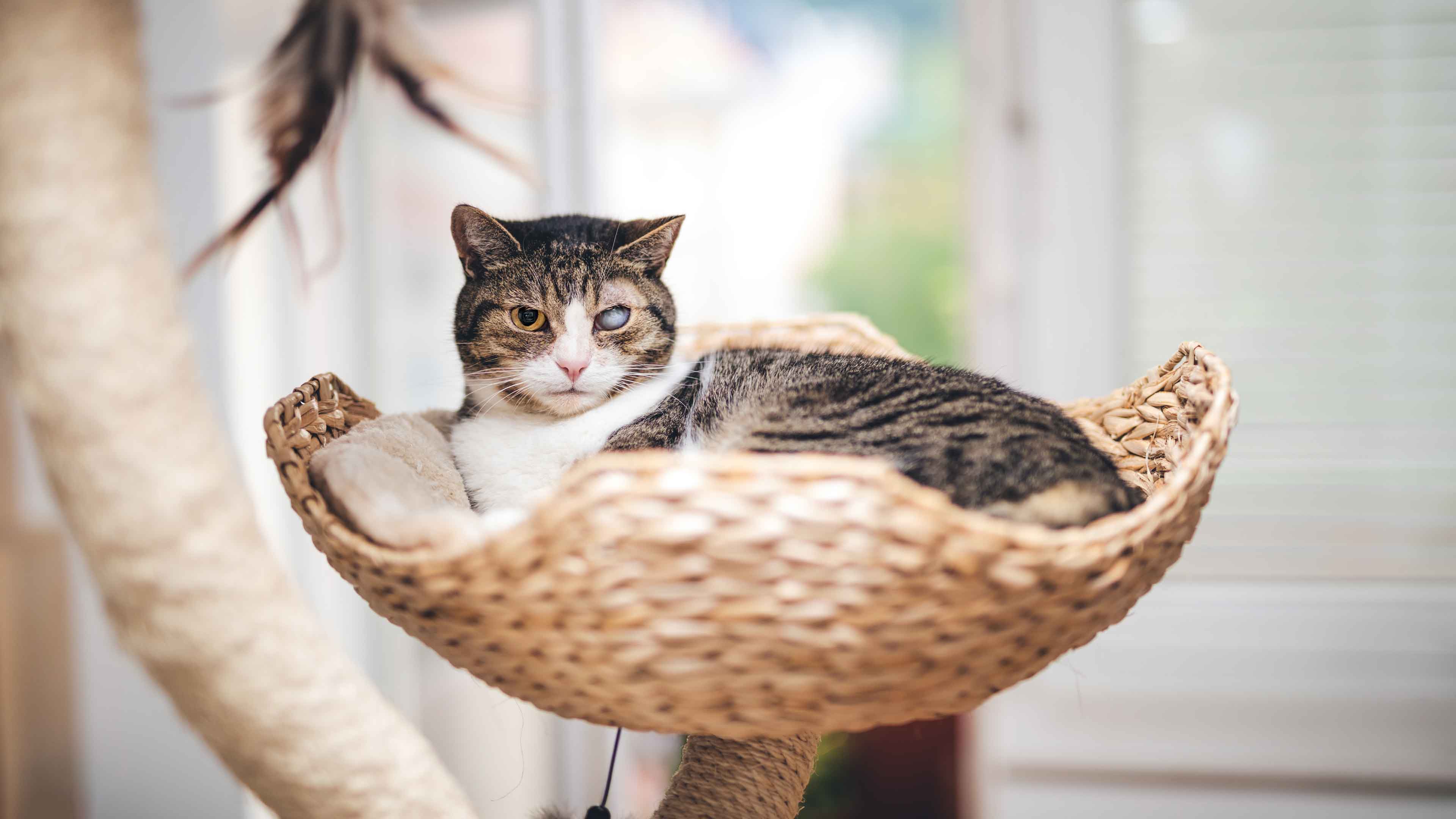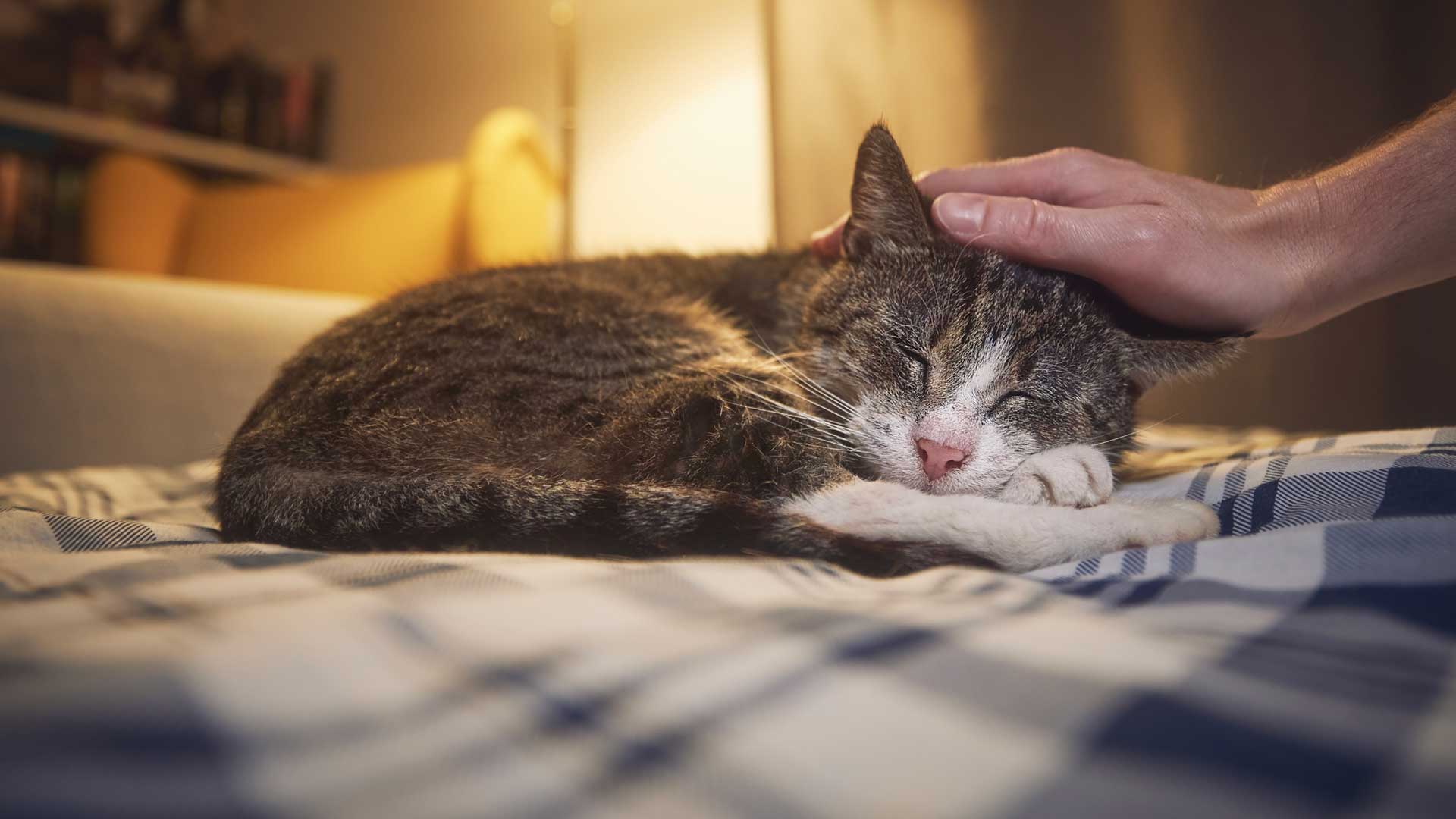the gooey truth about eye problems in dogs and cats
As a pet owner, it’s essential to know the signs and symptoms of an eye problem so you can help get your dog or cat the treatment they need. An untreated eye problem can potentially worsen and cause pain, vision loss, or blindness. In this blog, we’ll go over the common causes of eye problems, their symptoms, and treatment options.
What do eye problems look like?
The answer isn't so simple, since there are a range of symptoms. These include an excess in tearing, squinting (no, unfortunately your pet isn’t winking at you), sensitivity to bright light, and pawing at or rubbing their eyes. Pets also have a third eyelid, which can be red and/or swollen when their eye is irritated. An eye infection is often indicated by discharge from the eye in a rainbow of colors — most notably yellow, green, or clear.Symptoms of eye problems
Not sure if your little cutie has an eye problem? Here are some of the most common symptoms to keep an, er, eye out for:- Excessive tearing
- Squinting or winking
- Sensitivity to bright lights
- Pawing or rubbing at eyes
- Bloodshot eyes
- Clear, green, or yellow discharge
- Red and/or swollen third eyelid that may partially cover the eye
If you’re noticing any of these symptoms, this is a great opportunity to chat with a professional via a Virtual Visit, or schedule an appointment at your pet’s veterinary hospital.
Causes of eye problems
There is a slew of contagious and noncontagious factors that can cause eye problems in your dog or cat. Some of the common causes include:
- Bacteria
- Viruses
- Decreased tear production
- High eye pressure (glaucoma)
- Allergies
- Ulcers
- Genetic and congenital conditions
- Eyelid or eyelash positioning
- Underlying illness
- Fungal spores
- Trauma
- Foreign matter
- Conjunctivitis
What is conjunctivitis?
Conjunctivitis, also known as pink eye, is a common eye issue that affects both dogs and cats. The conjunctiva is a mucous membrane similar to the lining in your mouth and nose, and it covers the white part of a dog’s or cat’s eyeball, lines the eyelids, and covers their third eye. When the conjunctiva tissue becomes red, infected, or inflamed, it is known as conjunctivitis.
What are eye infections?
One of the common problems with eyes are infections, and the treatment for your pet will depend on specifying the many different things that can cause them.
Germs and spores
These include bacterial infections, viruses, and even fungal spores:
- Viruses in cats: Feline herpesvirus-1 (FHV-1), calicivirus, feline leukemia virus (FeLV), feline immunodeficiency virus (FIV)
- Viruses in dogs: Distemper, herpes, hepatitis, canine influenza
- Bacteria: Chlamydia, mycoplasma
Trauma, disease, etc.
These are noncontagious causes for eye issues that can lead to infection:
- Eye trauma or injury
- Corneal ulcers
- Cancer
- Decreased tear production
- Eye disease (glaucoma)
- Eyelid or eyelash positioning
- Autoimmune disease
- Irritants or allergens, such as smoke or shampoo
- Foreign matter (dirt, fur, etc.)
How to help your pet
Attempting to treat your dog’s or cat’s eye problem with home remedies could potentially cause more damage. Instead of trying to treat your pet at home, we recommend you bring them in for a visit with their veterinarian. They can run diagnostic tests to help pinpoint the cause of the problem, and then give the appropriate treatment so your pet is on their way to clear eyes and wagging tails.
 Mites and mange
Mites and mange Podcast - Not Just Fluff
Podcast - Not Just Fluff











